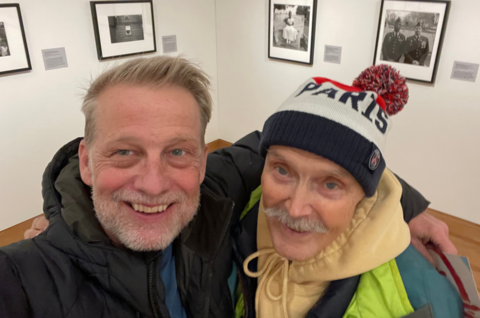Index of Articles and Essays

|
Big River Continuum Podcast: Stories of the Land/ConnectBig River Continuum: PODCAST Stories of the Land/Connect Stories of the Land/Connect is a podcast series of interviews with people in northern Minnesota, sharing their lives and connections to the rural landscape. |

|
Not Traveling Through: A Conversation with Photographer Tom Arndt by Guest Curator Ashley Cope It’s a freezing cold day in December when I meet photographers Tom Arndt and Michael Dvorak at their shared studio space in downtown Minneapolis. Tom and Michael make coffee for all three of us, trading jokes as they move around the studio. Coffee in hand, Tom and I sit to chat while Michael moves to the darkroom to develop some of his most recent work. Ashley Cope: You were in Paris in November for your recent book launch. How was that experience? |

|
Meet the WAM Collective (2022/23)
Michael Abdon |

|
Art Shanties! Have you ever been to Medicine Lake in the Winter? If not, we'd highly encourage you to go next year. Every year, there's a group of creative individuals and groups that band together in order to create Art Shanties, which are basically themed/dressed up ice houses. |

|
Weisman Art Museum receives a grant of nearly $240,000 from the federal Institute for Museum and Library Services to support a Truth and Reconciliation project with Indigenous communities Weisman Art Museum (WAM) is pleased to announce that the museum has received a grant award in the amount of $239,912 from the Institute of Museum and Library Services (IMLS), as part of the agency’s competitive Museums for America program. WAM is one of 120 organizations across the country to receive a Museums for America grant from IMLS this year. |